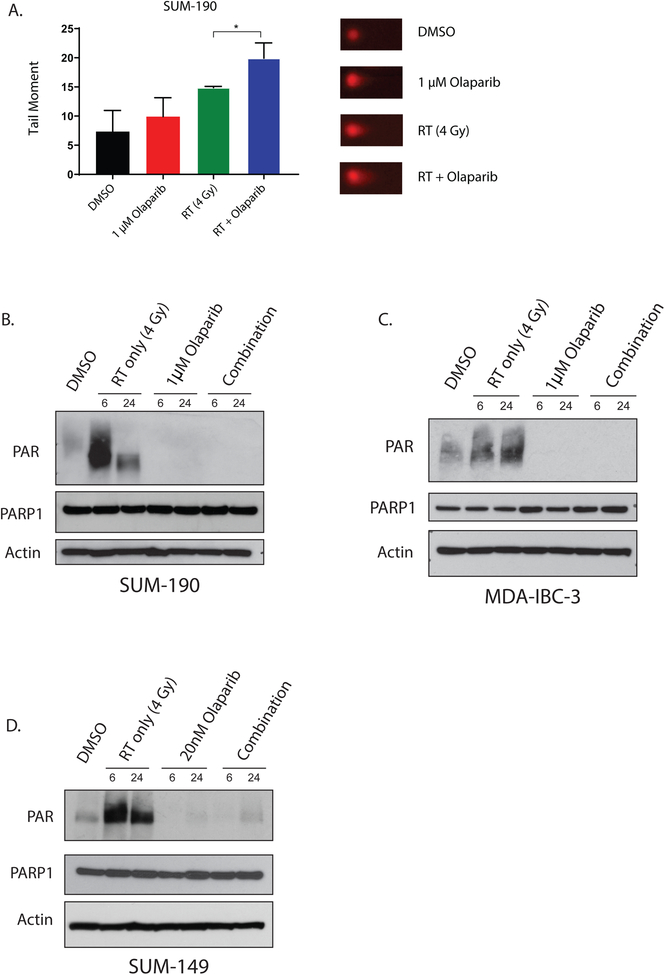Figure 4: PARP1 inhibition increases dsDNA breaks and significantly decreases PAR formation in IBC cell lines.
Neutral comet assay in SUM-190 cells (A) shows higher levels of dsDNA damage at 4 hours in cells treated with radiation and olaparib compared to untreated cells, or cells treated with RT or olaparib alone (p < 0.05 = *). Graphs represent the average of three independent experiments ± SD and representative images for each treatment are shown. In SUM-190 (B) and MDA-IBC-3 (C) cells, radiation induced DNA damage causes an increase in PAR formation at both 6 and 24 hours after 4 Gy radiation. In the combination group that receives a one-hour pretreatment of 1μM olaparib before radiation, PAR formation is significantly lower at 6 and 24 hours after RT. In SUM-149 (D) cells, this same trend can be observed at a much lower dose of olaparib (20nM). Though the enzymatic activity of PARP1 is efficiently inhibited at these doses, total levels of PARP are not significantly different across the treatment conditions.

